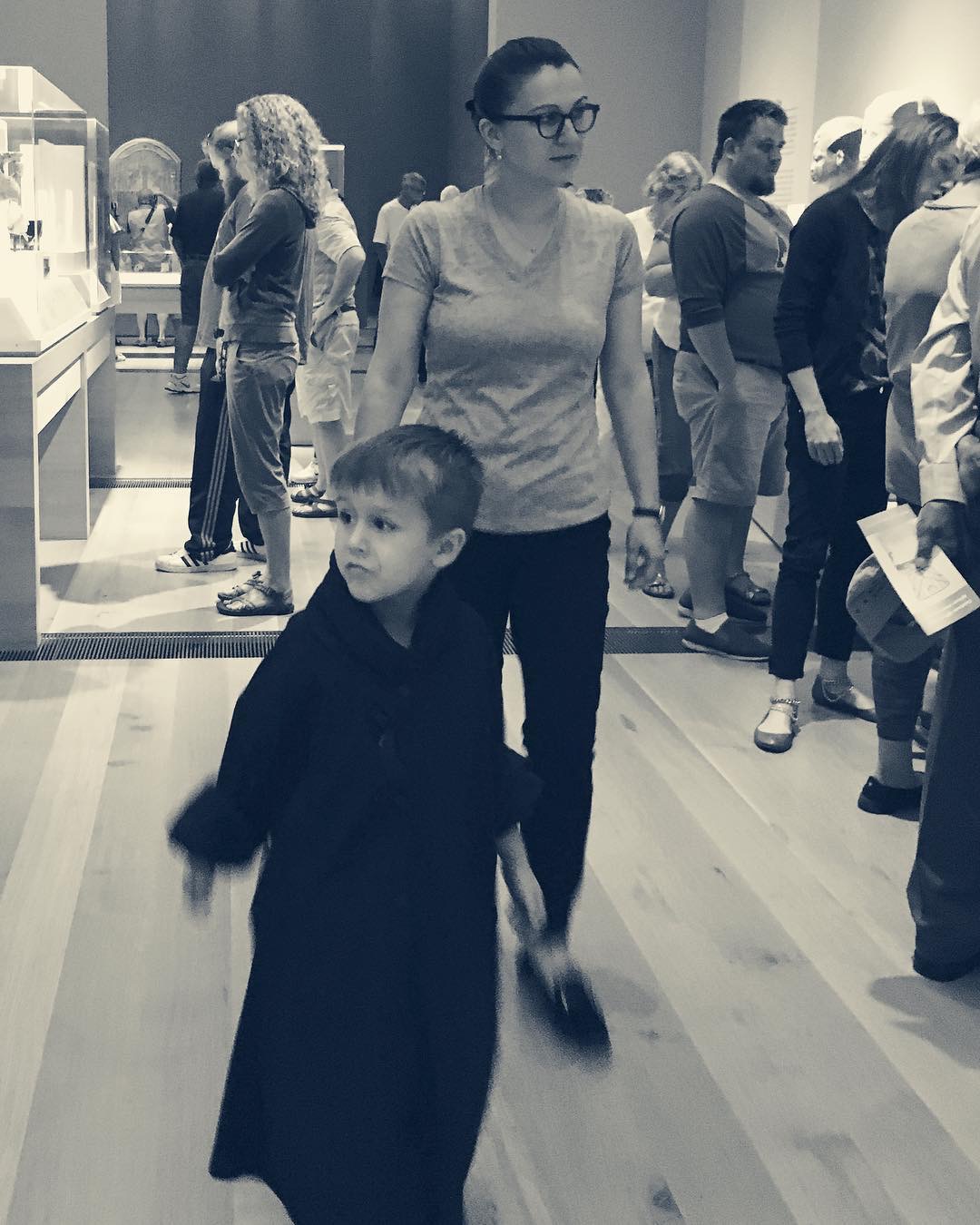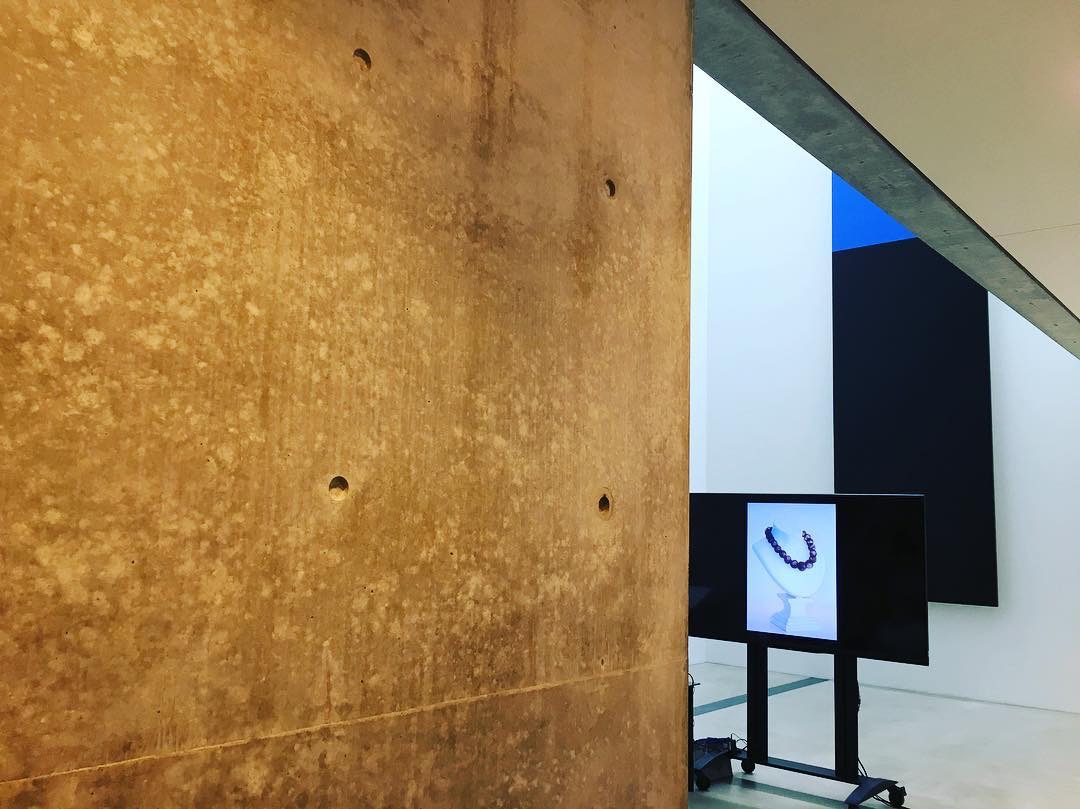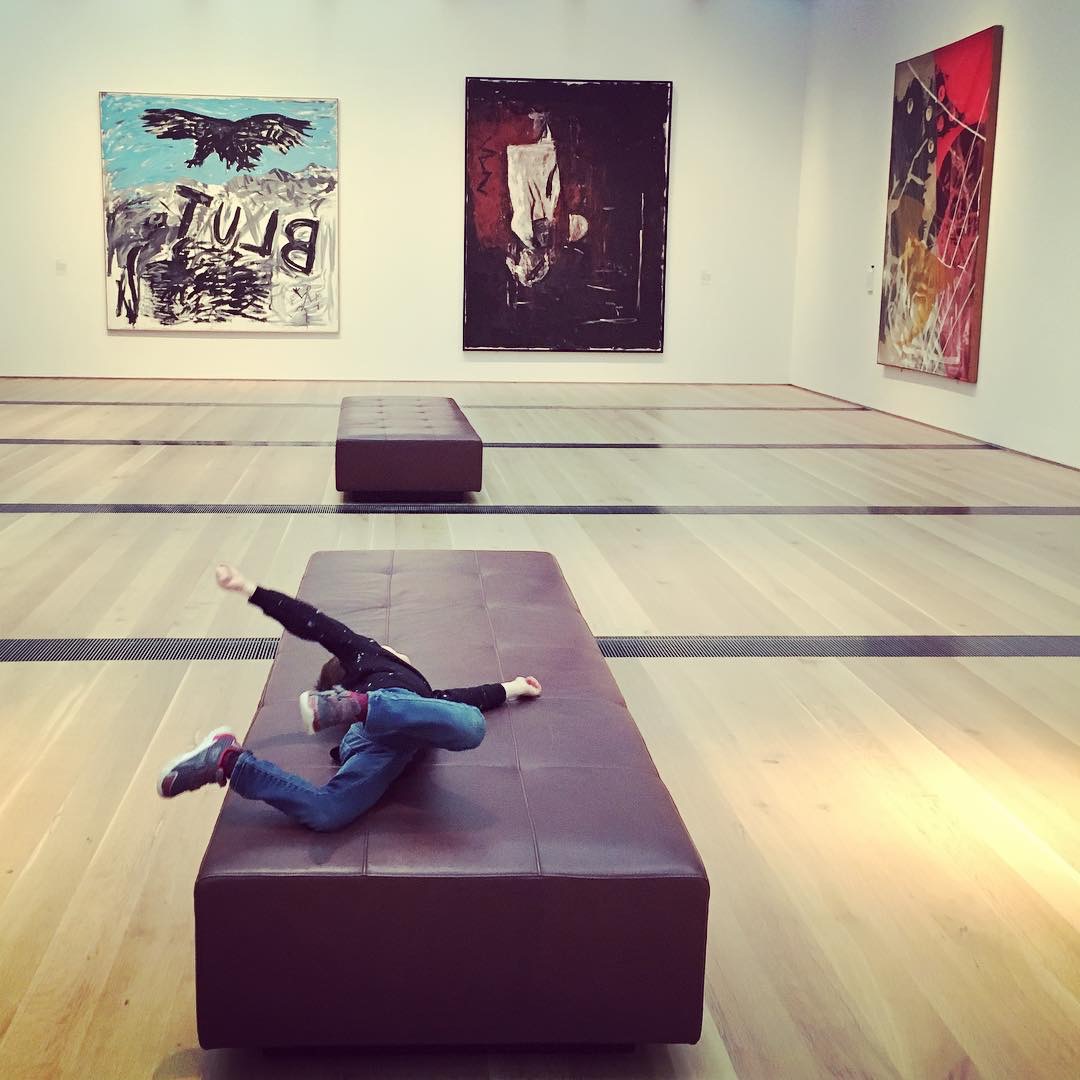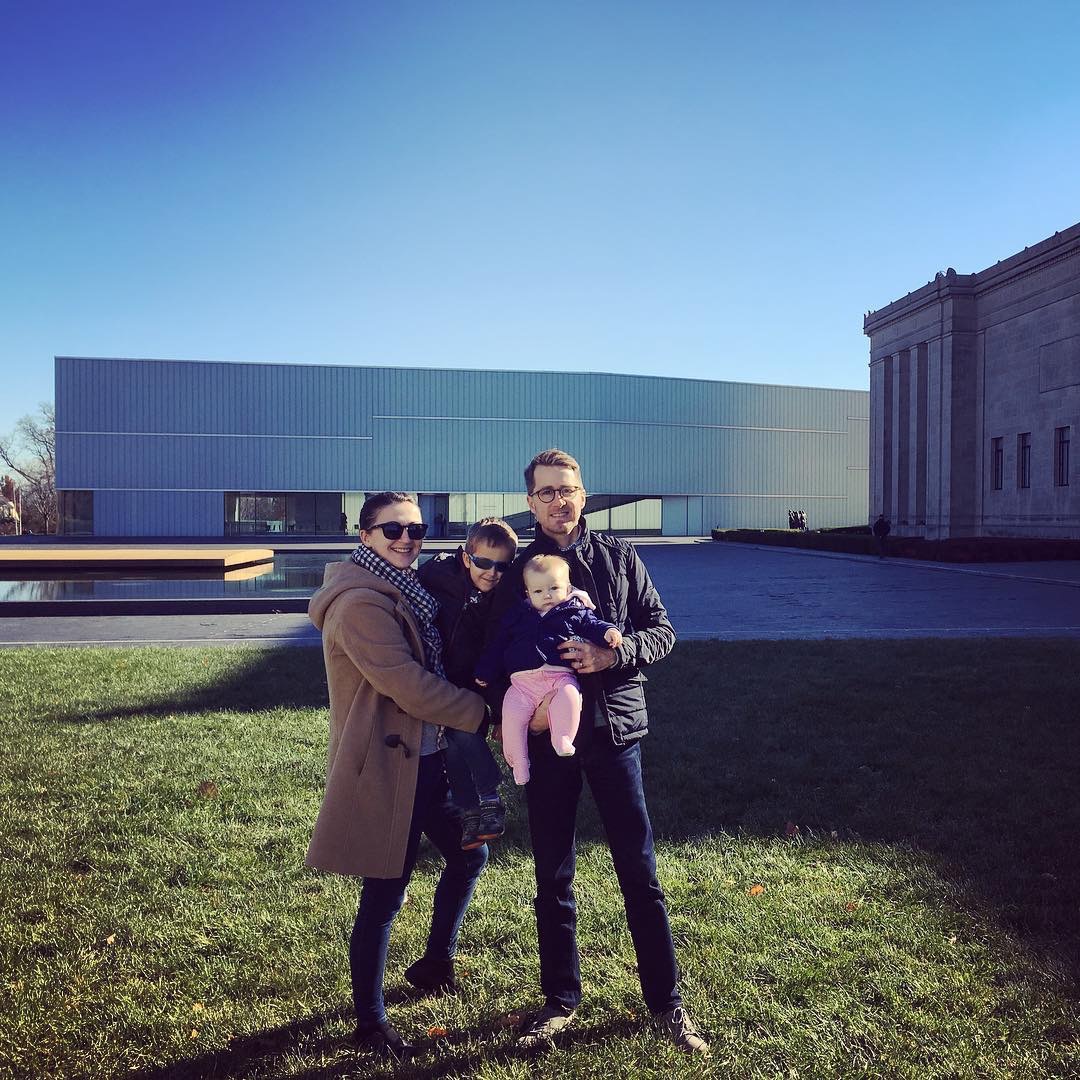Gerhard Richter Painting,” certainly one of the finest artist documentaries I’ve ever seen. Smart, measured, surprising. Watch
, then find it in your city. A big thanks to
for bringing it to St. Louis.
Saturday, February 11, 2012
Peter Watson's The German Genius: Europe’s Third Renaissance, the Second Scientific Revolution, and the Twentieth Century is an extraordinary 1,000-page book. It is immensely ambitious, rich in ideas and evidence of the German-speaking peoples’ world-changing achievements in music, literature, philosophy, psychoanalysis, biology, geology, bioethics, archeology, art history, and on and on. (On music, to take just one subject: “The standard ‘backbone’ of classical music consists today of Bach, Handel, Haydn, Mozart, Beethoven, Schubert, and Brahms — all German.”)
Watson, an intellectual historian and former journalist, is a confident, resourceful, learned guide. He succeeds not just in illustrating how Germany was the leading force in the world of ideas until 1933, but also in helping the reader consider the country since it was ever-changed by the Führer and the Nazi Party (“Hitler still makes history but he also distorts it”). As a writer and historian, Watson is sharp and entertaining, as evidenced by these well-drawn, memorable sketches and assessments of just some of the book’s key figures:
Brahms:
Prickly, oversensitive, cynical, and bad-tempered, he was as much feared and disliked as Hans von Bülow, who was notorious for his tempers and antagonisms. At one party in Vienna, it is said, Brahms left in a huff, grumbling, “If there is anyone here I have not insulted, I apologize.”
Strauss:
Paradoxically, Strauss was himself a solid bourgeois, with a sober — even staid — private life. Alma Mahler was at the rehearsal of Feuersnot in 1901 and confided to her diary: “Strauss thought of nothing but money. The whole time he had a pencil in hand and was calculating the profits to the last penny.” His wife, Pauline, was a grasping woman, once a singer, who would scream at her husband, when he was relaxing at cards, “Richard, go compose!” Their house at Garmisch had three separate doormats, on each of which Pauline insisted that the composer wipe his feet.“
Schoenberg:
Richard Strauss was ambivalent about Arnold Schoenberg. He thought he would be better off "shoveling show” [!] than composing, yet recommended him for a Liszt scholarship.“ … A small, wiry man, "easily unimpressed,” who went bald early on, Schoenberg was strikingly inventive — he carved his own chessmen, bound his own books, painted (Wassily Kandinsky was a fan), and built a typewriter for music.
Mann:
When war broke out, Thomas Mann — as we have seen — was as nationalistic as many others. He was not yet one of the giants of European literature but he did have a growing reputation. He volunteered for the Landsturm, or reserve army, but the doctor who examined him was familiar with his work and, reasoning that he would make a greater contribution to the war effort as a writer rather than as a soldier, failed him physically for active service.
Kafka:
Kafka is best known for three works of fiction … But he also kept a diary for fourteen years and wrote copious letters. These reveal him to have been a deeply paradoxical and enigmatic man. He was engaged to the same woman for five years, yet saw her fewer than a dozen times in that period; he wrote ninety letters to one woman in the two months after he met her, including several between twenty and thirty pages, and to another he wrote 130 letters in five months. He wrote a famous forty-five-page typed letter to his father when he was thirty-six, explaining why he was still afraid of him.
Marx:
Along with his fellow German-speaker, Adolf Hitler, Karl Marx probably had a more direct effect on the recently completed twentieth century, and the shape of the contemporary world, than any other single individual. Without him there would have been no Lenin, no Stalin, no Mao Zedong, and few if any of the other dictators who disfigured those times. Without him there would have been no Russian Revolution, and without World War II (or Max Planck and Albert Einstein), would there — could there — have been a Cold War, a divided Germany? Would decolonization have occurred in the way that it did, would there have been an Israel where it is, the Middle East problem that there is? Would there have been a 9/11? Ideas don’t come any more consequential than Marxism.
Freud:
Sigmund Freud’s influence was less catastrophic than Marx’s, but no less consequential…. Alfred Kazin, the American critic, maintained in an essay he published in 1956 to mark the one hundredth anniversary of Freud’s birth that “Freud has influenced even people who have never heard of him.” Kazin thought that, at mid-century in America, “to those who have no belief, Freudianism sometimes serves as a philosophy of life.” He thought that at “every hour of every day now,” people could not forget a name, feel depressed, or end a marriage without wondering what the “Freudian” reason might be. He thought that the novel and painting (Thomas Mann, T. S. Eliot, Ernest Hemingway, William Faulkner, Pablo Picasso, Paul Klee, Expressionism, Surrealism, Abstraction) had been reinvigorated by the Freudian knowledge that “personal passion is a stronger force in people’s lives that socially accepted morality” and that the “most beautiful effect” of Freudianism was the increasing awareness of childhood “as the most important single influence on personal development.” He thought the insistence on personal happiness — the goal of psychoanalytic therapy — was the most revolutionary force in modern times, a modern form of self-realization.
Nietzsche:
Nietzsche’s most well-known — some might say notorious — aphorism is “God is dead.” One of his most important achievements, along with Max Weber, was to think through and confront the implications of that sentiment, to work out in what he saw as terrifying detail the consequences of modernity, a world of vast populous cities, mass transport, and mass communications, in which the old certainties had been dissolved, where the comforts and consolations of religion had disappeared for many people, and in which science had acquired an authority that was, in his view, as arid and empty as it was impersonal and impressive. It is in this sense that Martin Heidegger called Nietzsche the “culmination” of modernity — i.e., Nietzsche felt the loss of whatever had gone before more keenly than anyone else, and he described that loss in more vivid hues.
Beuys:
All this was overshadowed by the advent of Joseph Beuys, who stands apart (and, for many people, above) all else in German postwar art. Beuys, born in Krefeld in 1921, never deviated from his conviction that his artistic aim was to find a new visual language that would come to terms with the war and at the same time find a way forward that did not ignore all that had happened.
The work of art, Beuys believed, exists in “eternal time, historical time, and personal time.” Having himself been shot down over Russia as a Luftwaffe pilot in the Second Wold War, he was treated for frostbite by his Russian captors, who used felt and fat, which became the materials Beuys used in (some of) his art, fused with other, less personal substances. He felt the spectator should be aware of what these materials meant to the artist, adding a level of consciousness to the aesthetic experience (as a boy he used a tram stop near an important monument), with the national past, featuring railway lines to remind the viewer what railways were used for in Nazi Germany. But, his lines were slightly curved, to hint at progress, a way forward, and up. In experiencing the present-day beauty of his sculptures, Beuys is saying, we must relive past events — this is his dialogue with time.
Congrats to Watson for completing such a tremendous volume of history. I recommend it highly.





